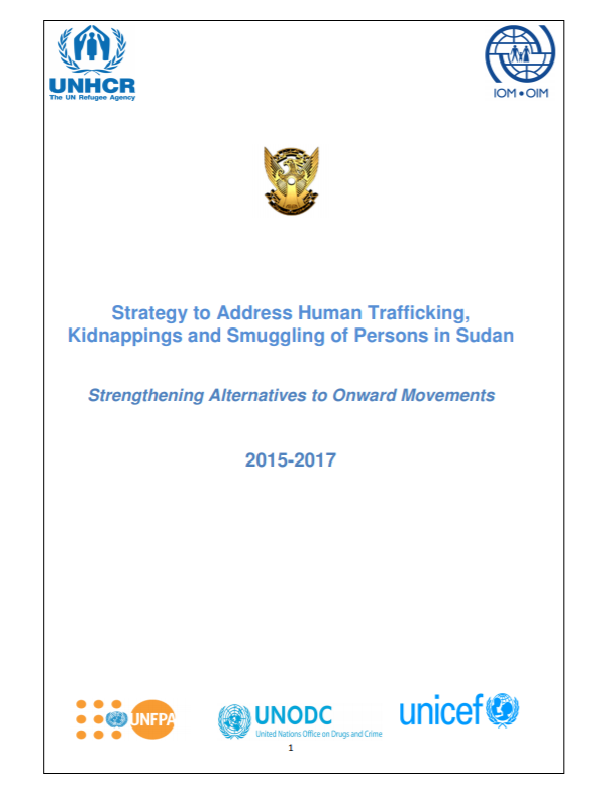Trafficking in Human Beings in Conflict and Post-Conflict Situation

While some of the forms of exploitation covered by this research are specific to countries directly involved in conflict child soldiering and organ trafficking to treat wounded fighters the remaining types of trafficking in human beings have many points in common in conflict and post conflict periods. Recruitment methods, psychological control techniques and the forms of exploitation do not depend on particular geographic zones.
Country
Worldwide
Region
Worldwide
Year
2016
Topics








